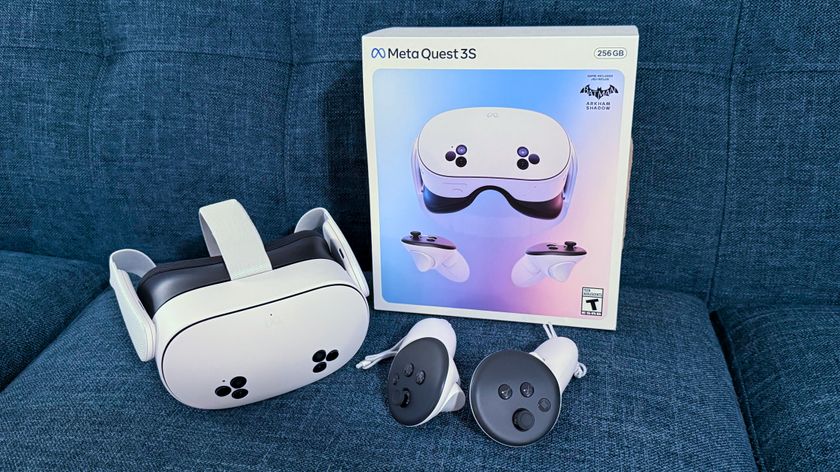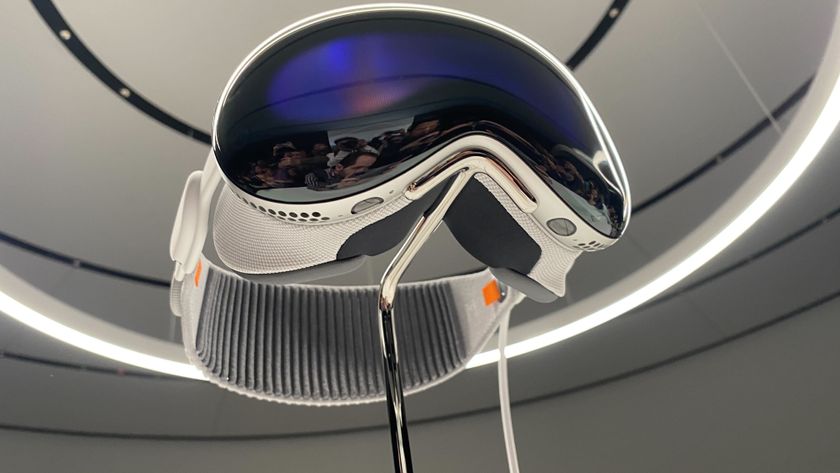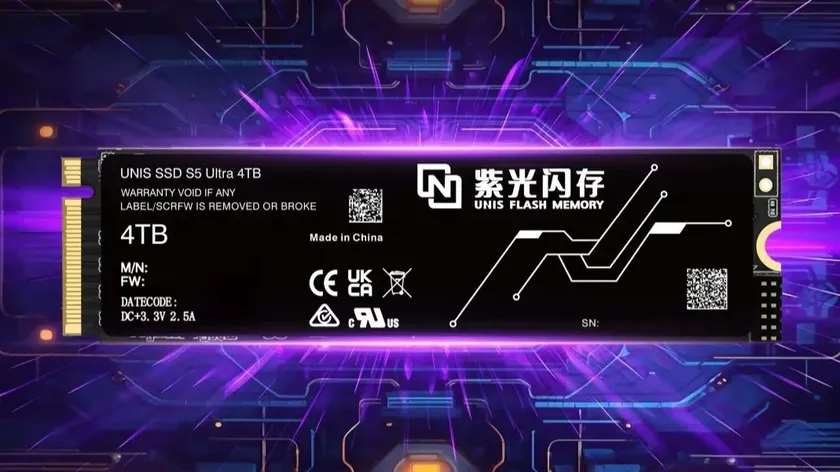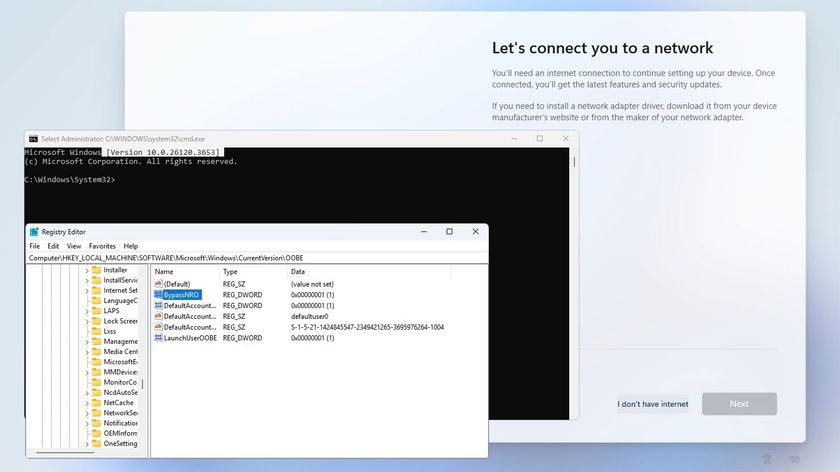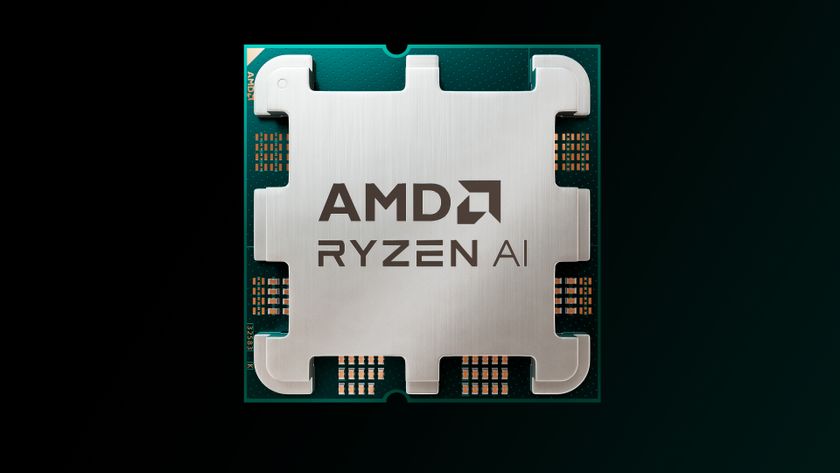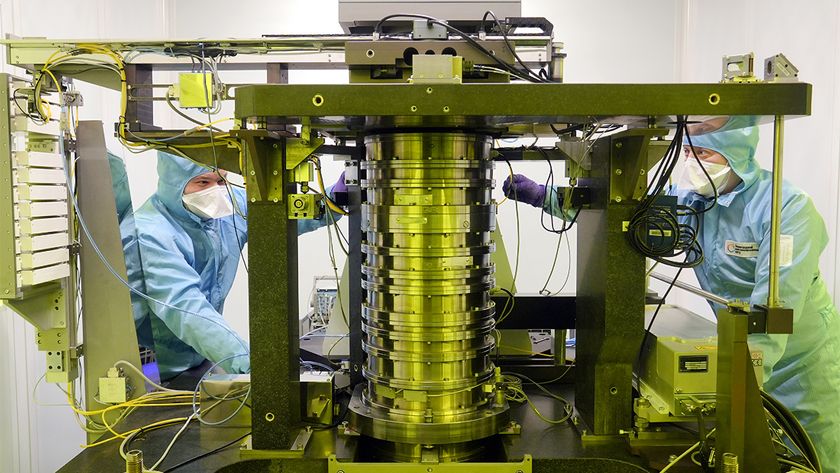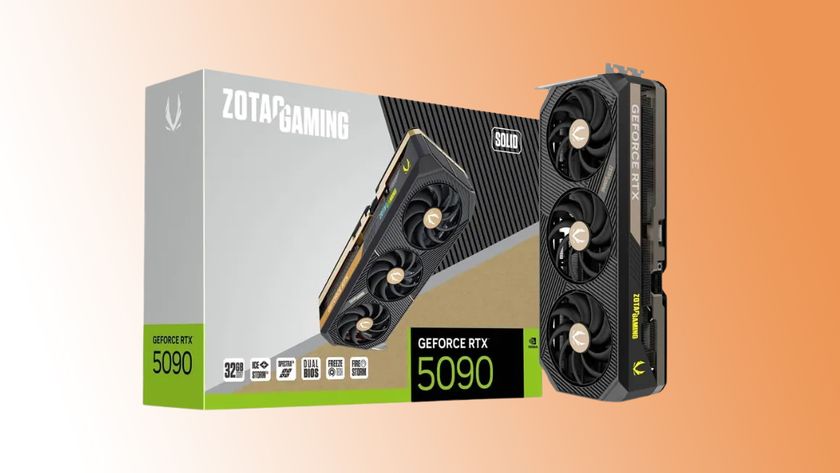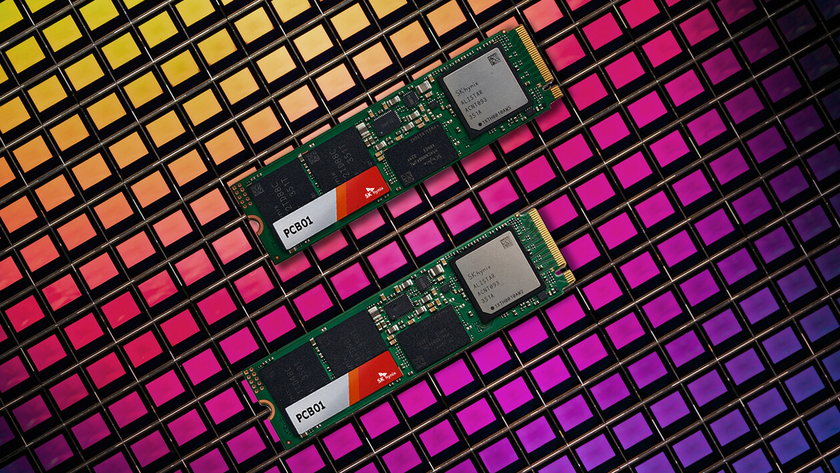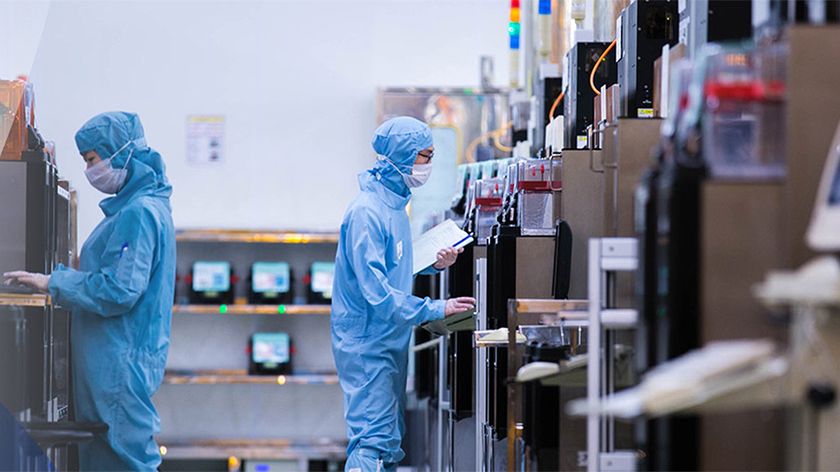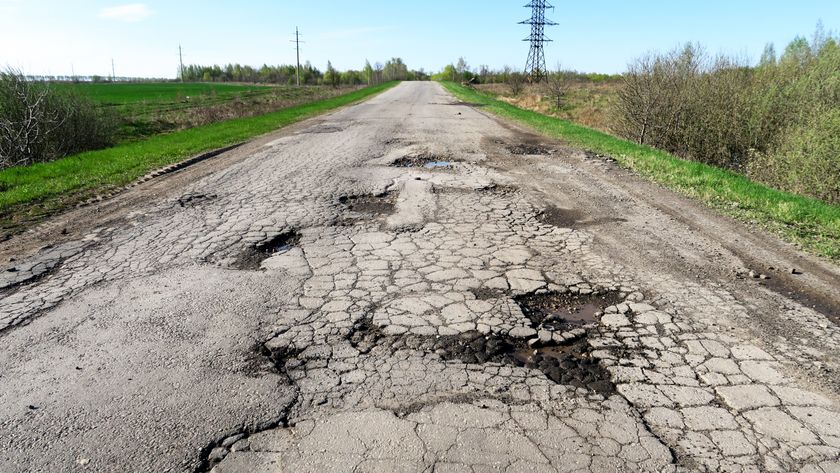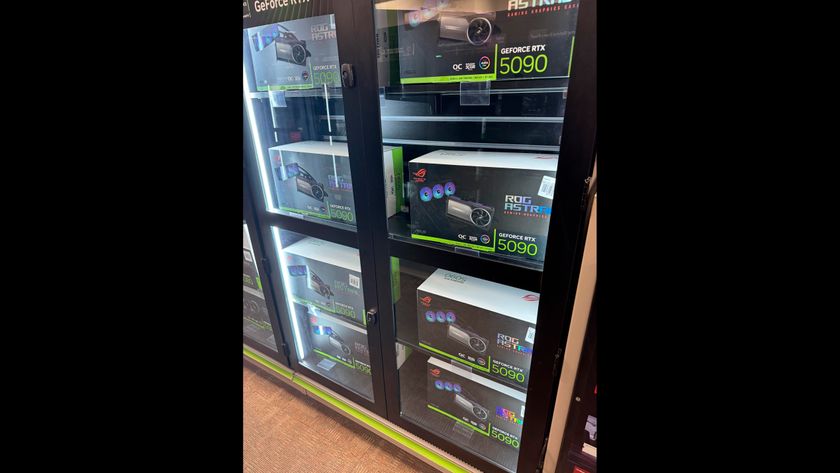Project Sansar: The Forthcoming Successor To Second Life Will Focus On VR
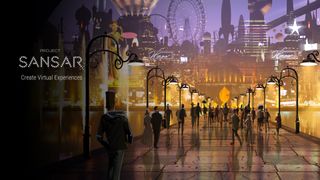
Linden Lab, creators of Second Life, recently announced Project Sansar, which will be the company's next product, set to launch next year. Ebbe Altberg, Linden Lab's CEO, and Peter Gray, the company's Senior Director of Global Communications were kind enough to speak with me about the project and their vision of its future.
Project Sansar is being designed with the purpose of embracing new technologies such as virtual reality and modern graphics found in the latest PC games, as well as open accessibility to more and more people who would like to create experiences.
At its core, Project Sansar is a natural evolution of Second Life, Linden Lab's current product. Second Life has been operating for 12 years now, and is not suited for new web trends and advancements in computer hardware. When Second Life was first created, it wasn't built for scalability. Everyone logs in to the same entry point. From there, users will find other experiences that they can enter from within Second Life.
Project Sansar will make experiences much more discoverable and easier to share. Creators will be able to offer an entry point from anywhere, allowing for completely private simulations that can be linked directly from a website, rather than a typical game login. This will also unlock the ability to make these experiences discoverable through search engines, rather than being limited to the pool of Project Sansar members.
Much like Second Life, creators will rent simulators (which the company refers to as "land") within Project Sansar to create and share their experiences with others. The critical difference will be the cost. Altberg said that pricing has not yet been determined, as it is too far in the future still, but the current plan is to make land much cheaper.
You will be able to purchase a larger space, for a lower price up front. He said the company will be "lowering property taxes, and raising sales taxes." Instead of charging large up-front fees, which can be prohibitive for many creators, Linden Labs is more interested in taking a chunk of the growing in-game economy.
Last year, creators within Second Life shared over $60 million of revenue from sales of items such as clothing and furniture for player avatars. Linden Lab expects this economy to grow significantly when more people are able to share their creations. In the current model, the company sees nearly no revenue from in-game sales; the new model will enable sustained growth for the company.
Stay On the Cutting Edge: Get the Tom's Hardware Newsletter
Get Tom's Hardware's best news and in-depth reviews, straight to your inbox.
To attract more people to create VR content, which Altberg expects will be in short supply when VR headsets become available next year, Linden Lab is focusing on making Project Sansar into an easy to use platform. Peter Gray likened Project Sansar for VR to what Wordpress has done for the Web; the idea is to make it possible for anyone to create a virtual experience, without the need for a software engineering background.
Linden Lab is creating its own proprietary rendering engine to make this happen. I asked why the company took this direction rather than use existing options, and was told that the problems the company has run into over the years with Second Life made it clear that the company needed an engine designed from the ground up for this platform.
The company needed the ability to make the creator tools simple to use, a task for which the current available engines are not suitable. Project Sansar offers a whole package, including the underlying multi-user functionality, hosting, assets and tools. Additionally, Linden Lab is designing Project Sansar to be accessible through several different media.
Second Life is limited to access through a computer, but with Project Sansar, Linden Lab is seeking to make experiences that work on mobile devices, and through a PC in the traditional sense, or with a virtual reality headset. Currently, the company is not focusing on virtual reality through mobile phones with headsets like Samsung's GearVR. Although Altberg acknowledged that the majority of people will have experience only with mobile VR, the performance concerns of such a setup prohibit the ability to support it. The company is looking into tools that it can offer to creators to gauge what level of device an experience can be accessed through. This would give creators the ability to balance fidelity and complexity, with the potential audience for their experiences.
Currently, Project Sansar is in the very early stages of development, and Linden Lab was not willing to reveal any images yet. The company has invited a half dozen creators to participate and design assets for Project Sansar. The pre-alpha build is only able to support assets created in Maya, and those invited to participate are known to the company to be proficient in the software.
Linden Lab is starting off with the high end to make sure that the engine is robust enough, but future builds of Project Sansar will support any 3D modeling software, and there will be assets available to purchase, with some available for free, to create individual experiences without actually making new models.
Although no concrete dates have been set, there are plans for multiple stages within the development of Project Sansar. Altberg said a semi-open beta should take place in the first half of next year, and a full access beta is tentatively planned for the third quarter. An open public beta should take place before the end of 2016.
Follow Kevin Carbotte @pumcypuhoy. Follow us @tomshardware, on Facebook and on Google+.
Kevin Carbotte is a contributing writer for Tom's Hardware who primarily covers VR and AR hardware. He has been writing for us for more than four years.
-
Dave K Second Life always struck me as a basic pyramid scheme with some obsolete tech driving it (even when it was new the graphics were terrible), but there's no arguing that they've had longevity... people are getting something out of it so I say go for it, it would be interesting to see what they could do with an environment that was actually state of the art.Reply -
Jumpman_Lane Seems kind of like more of the same, those pesky Linden's (tourists at best in their) own lil virt world, never had a finger on the pulse of the users of their little platform. The average resident in Second Life is a far cry from the great content creators of the early days of SL. They aren't event the Bling Tards from Second Life's Golden Age (Early 2006-early 2008). The average SL user today is not ITCHING to create anything and even if they were the price of LAND is not the obstacle. Today's resident is a re re just trading about socializing with his turdy pals or ITCHING to hop on a poseball for a steady bout of cybersexing. Perhaps cybering in virtual reality will be attractive to such saps, I unno I'm jus' a lil' Lane. Linden Lab's new 'project' seems like a way to horn in on the profits they see on their servers in the form of account transaction histories. More power to them, caws micro-transactions and not land sales(i.e. renting servers) was always their path to profitability.Reply -
OtakuKei @Jumpman_Lane I am not entirely sure where you are looking on Second Life but there is a whole host of content creators making new and interesting things with each passing day. A lot of these creators are heavily experienced with Mesh (3d Model Design), Texturing and Coding. To say that "The average resident in Second Life is a far cry from the great content creators of the early days of SL" seems silly to me. When SL first started we had very very low texture resolutions, clothing made from sculpts and prims, prim hair, prim buildings, scripts that had no way of influencing a linked object unless it was inside that linked object...etc. Comparing now to then....then looked awful. These days we have 3d mesh avatars with high quality texturing, efficiently scripted products that cause little to no lag, high quality texture designers, buildings - clothes - products designed in high quality software such as Maya, Cinema etc. Granted a lot of sims in SL look like they have been dragged kicking and screaming out of the 90s but if you look around you will see a plethora of talented and dedicated developers creating some unique and awesome products!.Reply
As for the average SL user not wanting to create anything, i have to say that is simply untrue. I meet new people each and every day who are developing their own products or trying to set up some new combat zone or RP. The same people creating and developing their own combat systems or RP simulations.
Also, land pricing IS an issue I'm afraid to say. $295 a month for a full region + $1000 setup fee if you buy directly from the lindens is insane. The average person or even developer does not have that type of money just sitting around going spare. Even renting a full region from a land agent can be costly as you pay (cost of the sim per month from LL)+(percentage added by the agent). Full regions are a requirement to do anything worthwhile (rp sim, combat sim etc). So most settle for a smaller sized parcel at a much lower rate as thats all they can afford. If you check out the Chung estate or Weezles or any of the big land barons you will find that while fair few whole regions are rented, the rest of the rentals are smaller parcels and there is A LOT of them in use. For the SL user that just wants a small house or shop....the small parcels are fine. However, for a serious developer wanting to do something meaningful....the price of a full region is way too high so...yes, land price is an obstacle.
Also, i seldom meet anyone if i am honest who is just interested in cyber sex. SL has a thriving sex industry yes but you rarely see it. Most users i meet on my travels are on SL to either develop, RP/Game or socialise. In fact i can honestly say i have never EVER been asked to cyber by anyone. So, unless your the type who seeks out these places (hey I'm cool with it if thats what your into) then your comment is lacking in credibility.
-
OtakuKei @Dave K Second Life has always been about user created content. It is not a case of the graphics "being terrible". The graphics seen in world are created by the user. As of the last few years a lot has improved in world. With the improvement in hardware, software, mesh etc much better creations are being born in world. Some developers have polished their work to game development standard and look, in world, just as good as any object in any other game. To sum up...its not Second Lifes graphics that are terrible....its your experience with viewing some of the sub par creations that exist in world. If you looked a little further you will find some amazing creations that look just as good as any design found in any game or real world product.Reply -
Dave K @OtakuKei - I'm more than willing to eat crow if things have changed, but I'm not finding any vids online that show high end SL graphics... can you point me to some? Doing a youtube search for "Second Life Ultra Graphics" and the like yielded nothing that looked better than state of the art 7-10 years ago... but I might be looking in the wrong places.Reply
